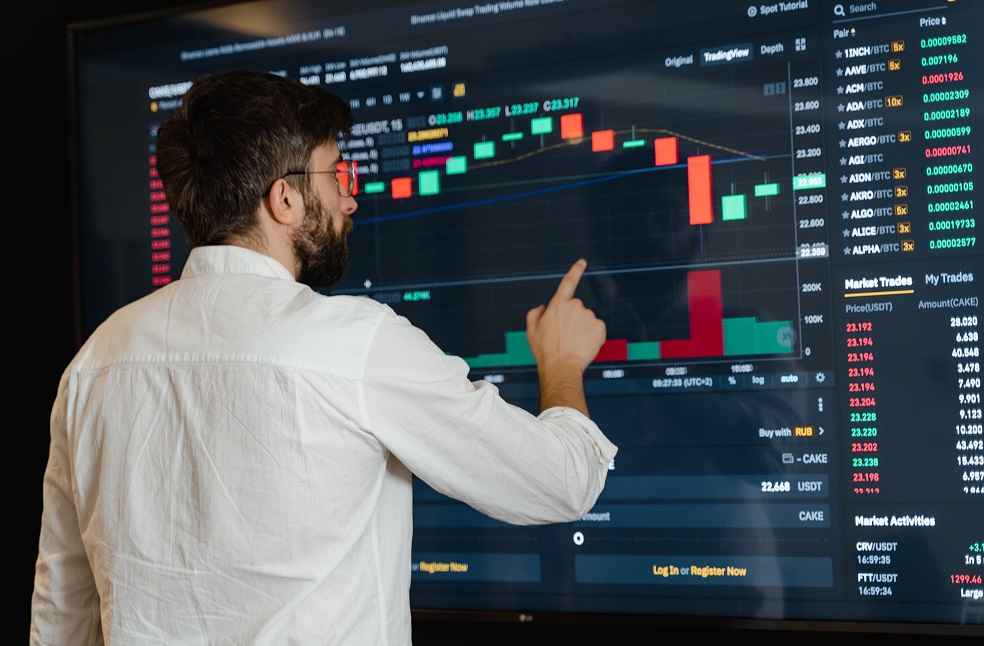The Korean export market faces a challenging start to the year as uncertainties surrounding the inauguration of Donald Trump’s second term contribute to a forecasted decline in export performance during the first quarter of next year.
A report released by the Korea International Trade Association (KITA) International Trade Research Institute on the 22nd reveals that the Export Business Survey Index (EBSI) for the upcoming quarter has dropped to 96.1, falling below the critical baseline of 100 for the first time in a year. The EBSI gauges corporate expectations for export performance on a scale from 0 to 200, with scores below 100 indicating a contraction in export activity.
The index, which rebounded to 116.0 in the first quarter of this year following a low of 97.2 in the fourth quarter of last year, has been on a downward trend, recording 108.4 in the second quarter and 103.4 in the third quarter. The latest reading signals the first dip below the baseline in four quarters, reflecting growing pessimism among exporters.

Sector-Specific Impacts
The report highlights that 10 out of 15 major export categories are projected to underperform in the first quarter. Among the hardest-hit sectors, home appliances are expected to face significant declines, with an EBSI score of 52.7, as demand contracts in key markets such as North America and the European Union. The semiconductor industry, Korea’s leading export sector, is also forecast to experience challenges, with a score of 64.4. Increased competition from China and rising inventories in front-end industries are cited as key factors behind this decline.
Conversely, brighter prospects are reported for industries such as shipbuilding (146.4), daily necessities (137.9), automobiles and auto parts (130.7), chemical products (121.5), and plastic, rubber, and leather products (100.5), which are expected to perform above the baseline.
Export Challenges Ahead
Key obstacles identified for exporters include rising costs of materials and supplies (17.4%), economic downturns in major export destinations (15.2%), buyer-driven demands for price reductions (12.0%), and exchange rate volatility coupled with higher logistics costs (10.9%).

Heosulbi, a researcher at KITA, commented, “It seems that major exporting corporations are concerned about the deterioration of the trade environment following the inauguration of Trump’s second term.” He added, “As global uncertainties increase, exporting corporations must closely monitor the trade policies of various countries and meticulously prepare for materials and supplies management.”
The findings are based on a survey of 1,010 companies with export revenues exceeding $500,000 last year, offering insights into the expectations and challenges faced by Korean exporters
BUSINESS GENERAL | China’s Arms Trade Fuels Instability and Authoritarian Power Globally



